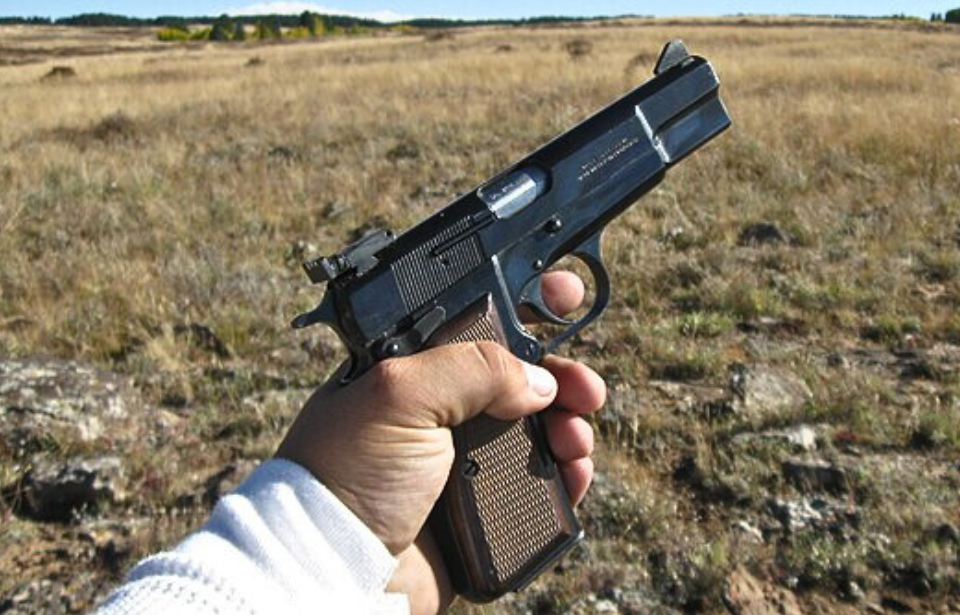At the Armed Forces Skill at Arms (AFSAM) competition in 2017, the Canadian Armed Forces’ best marksmen arrived with 20 of their field-issued, World War II-era Browning Hi-Power semi-automatic pistols. Only five were used because 15 jammed during warm-ups and had to be withdrawn.
During the competition, the 10 Canadians experienced around four-and-a-half stoppages each while shooting a total of 2,810 rounds. In contrast, the 20 British soldiers participating in the event had zero stoppages while shooting 5,620 rounds.
Why are we bringing this up? Well, it’s simply because we can’t believe a modern military force like that of Canada was still using a nearly century-old pistol when newer, much more effective weapons have been developed. The nation’s armed forces have since been issued a newer service pistol, but the roll-out took until 2024 – nearly 90 years after the Hi-Power was introduced!
Development of the Browning Hi-Power
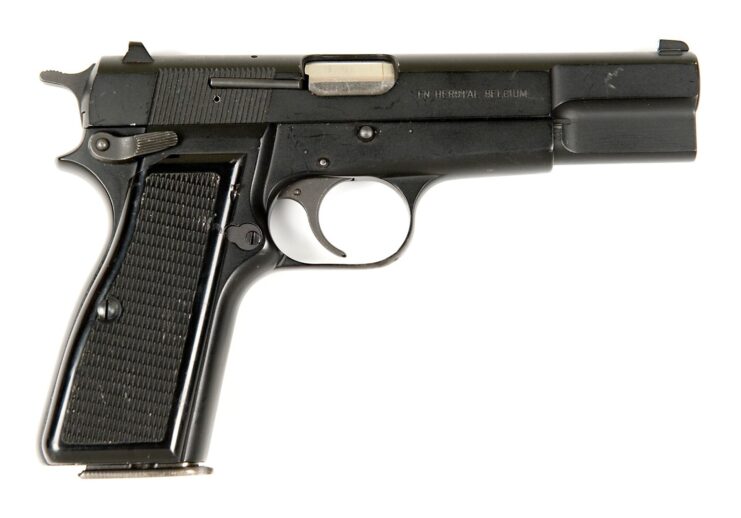
The Browning Hi-Power was invented by John Browning in 1911 for Fabrique Nationale, in Belgium. It was developed following a request by the French military for a new service pistol that could equip a 1o-round magazine while still being compact, take out an enemy combatant from 50 meters away, and be easily disassembled and reassembled.
The final product was officially introduced into service in 1935, with it featuring a detachable magazine capable of holding either 10, 13, 15, or 17 rounds, depending on the need. It could fire 9 x 19 mm and 7.65 x 21 mm Parabellum rounds, as well as .40 S&W bullets, and was compact enough for deployment in combat.
One of history’s most reliable pistols
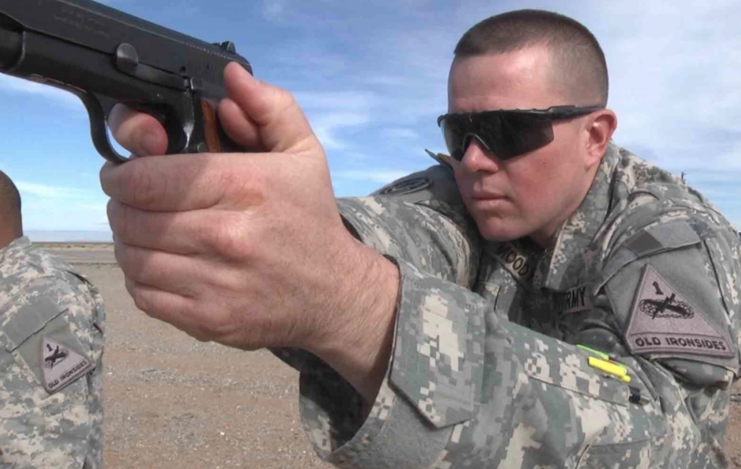
Over time, over 50 militaries around the world adopted the Browning Hi-Power as their service pistol, with it considered the most reliable of the era. It was so popular that it became one of the few to be equipped by both the Allied and Axis Powers during World War II and its associated conflicts, including the Winter and Continuation Wars.
Outside of the Second World War, the Hi-Power saw use with elite American units during the Vietnam War, as well as with the French during both the First Indochina War and the Algerian War. The pistol began to fall out of favor in the 1990s, as modern weapons began to show their capabilities, and production was ended in 2017. However, it was restarted in 2022, with upgrades made to the pistol.
Browning Hi-Power and the Canadian Armed Forces
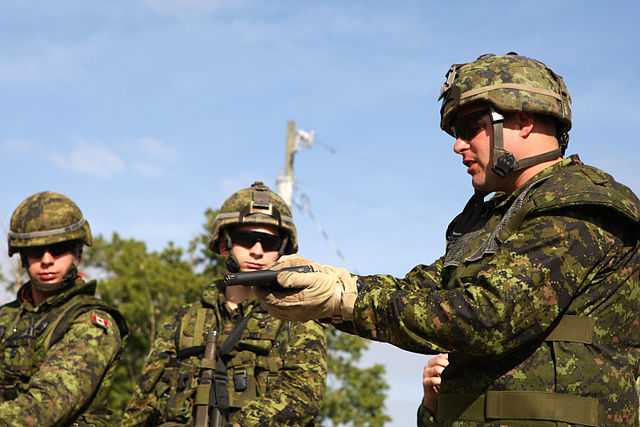
Following the initial cancellation of the Browning Hi-Power, the Canadian military was forced to take parts from other Browning weapons, in order to repair broken pistols. This meant that, at a time when close-quarters urban fighting increasingly impacts the effectiveness of service rifles, the Canadian Armed Forces found itself without an effective weapon.
Things had gotten so bad that Canadian soldiers joked that it would be more effective to throw the pistol at the enemy, instead of shooting at them. Bob Kinch, a former competitive marksman with the Canadian Armed Forces, even stated that, while he’d pick the Browning over a sharp stick, he would “look fondly” at the latter.
A few years ago, the British Army was also still issuing World War II-era Browning pistols to troops. When it noticed the weapons were becoming a liability, the military began testing other options, settling on the Glock 17 (Gen 4). You’d think Canada would’ve taken notice, but it took much longer for the country’s military to begin delving into potential replacements for the Hi-Power.
Why does the Canadian Armed Forces have so many units?
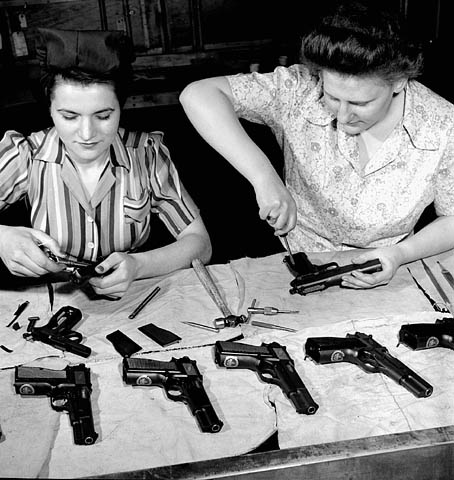
The Browning Hi-Powers equipped by the Canadian Armed Forces were manufactured by John Inglis and Company in Toronto, Ontario. They were intended to be sold to China to help combat the Japanese, but the latter surrendered before the pistols could be delivered, meaning Canada was left with a surplus of units.
There were so many, in fact, that, in the early 2000s, there were still unused Hi-Powers sitting in their original factory packaging.
Pursuing an alternative to the Browning Hi-Power
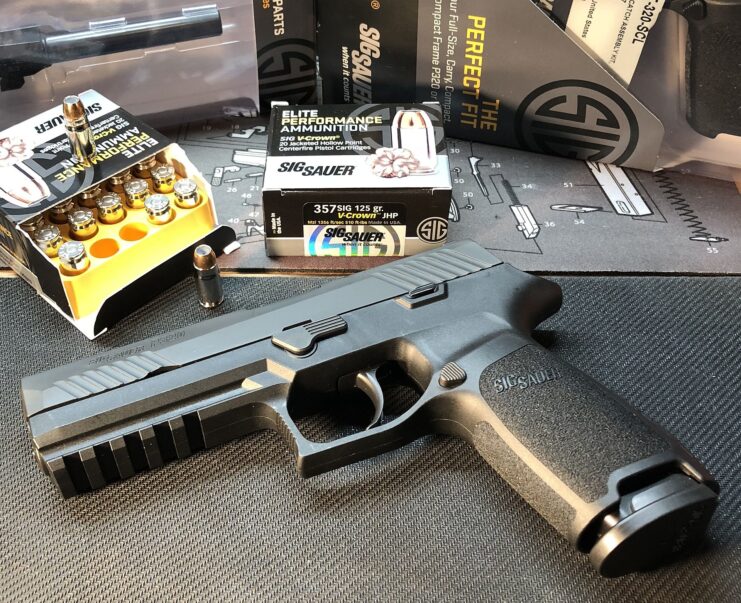
The Browning Hi-Power is showing its age in other ways, too. There’s no place to mount a flashlight on the original models and the small sights are difficult to aim in low-light conditions. The pistols can’t be fired while wearing gloves or with the left hand, and the long hammer can cut open the shooter’s palm. They’re also pretty heavy, due to their all-metal construction.
The Canadian Armed Forces began looking into purchasing replacement service pistols in the mid-2010s, but the process became bogged down. To fill the gap left by the aging Hi-Powers, the military introduced the Army Interim Pistol Program to purchase around 7,000 pistols. The gun’s successor, the SIG Sauer P320 (designated the C22 in Canada), was chosen in 2022. Units began to be distributed in 2023, with it reported the process was completed the following year.
More from us: Heckler & Koch G3: The Cold War-Era Battle Rifle That’s Stood the Test of Time
Want War History Online‘s content sent directly to your inbox? Sign up for our newsletter here!
As for the Hi-Powers, it’s currently unknown how they’ll be destroyed. It’s been suggested they’ll be smelted, but this hasn’t been confirmed.
